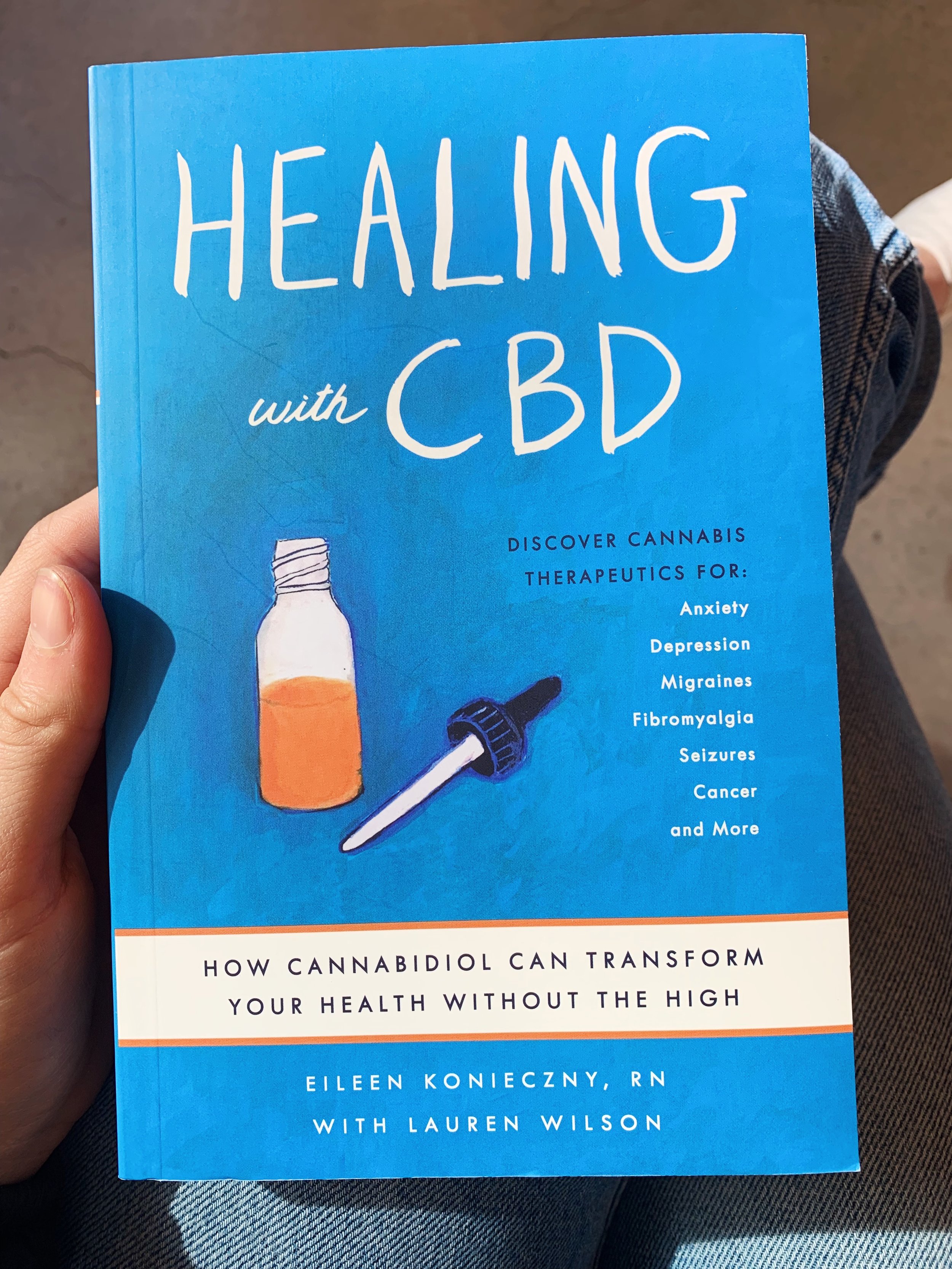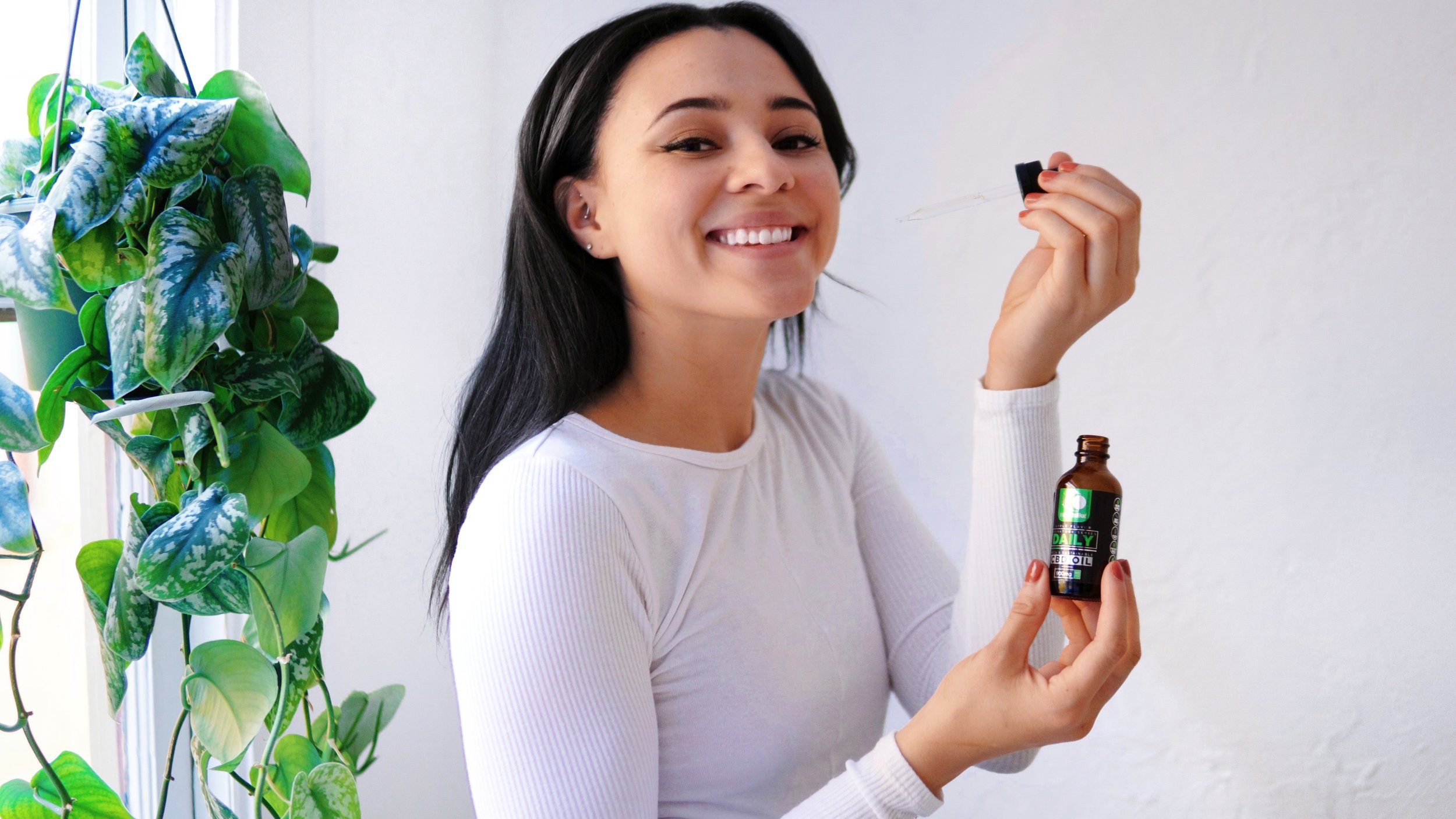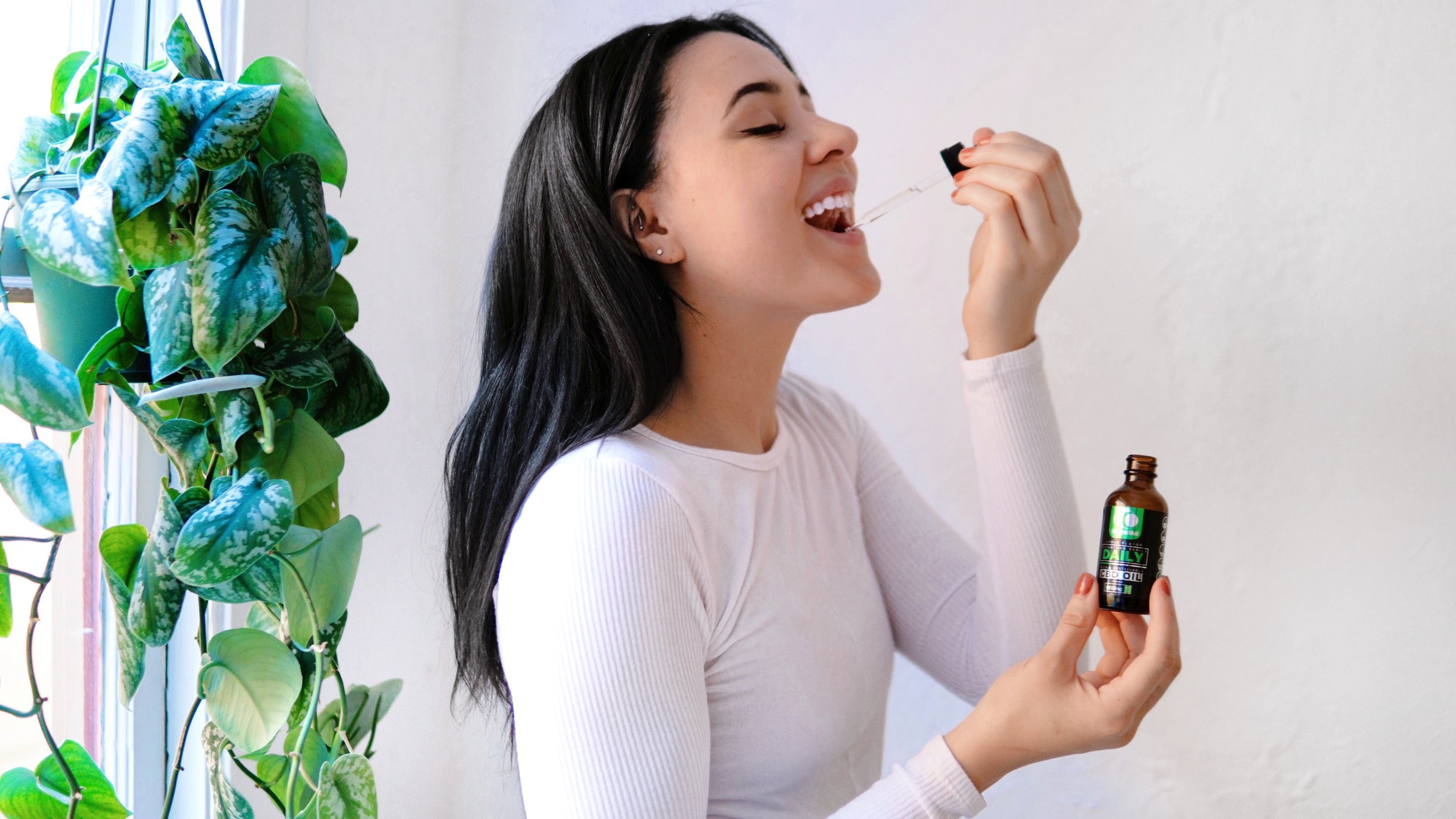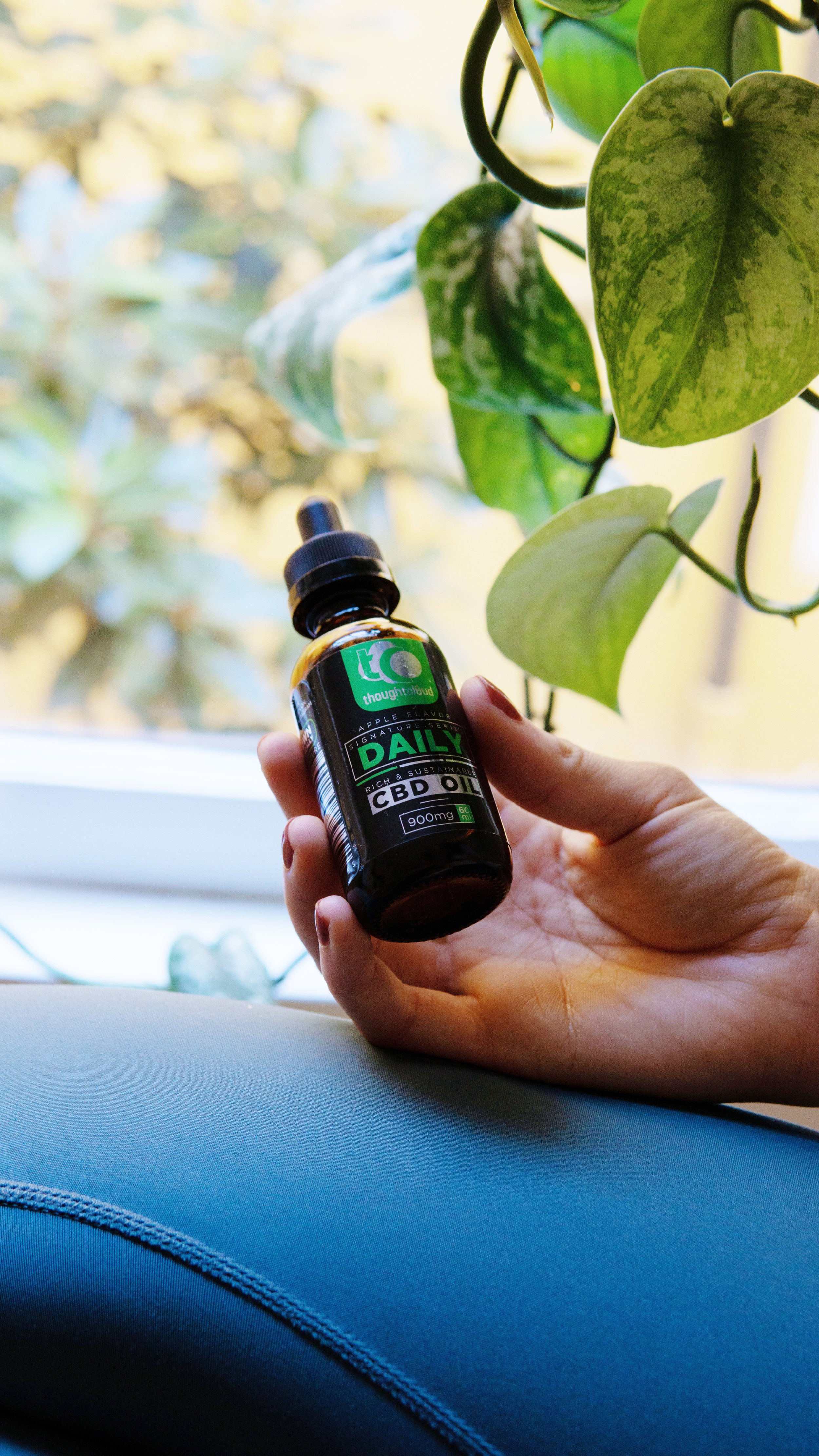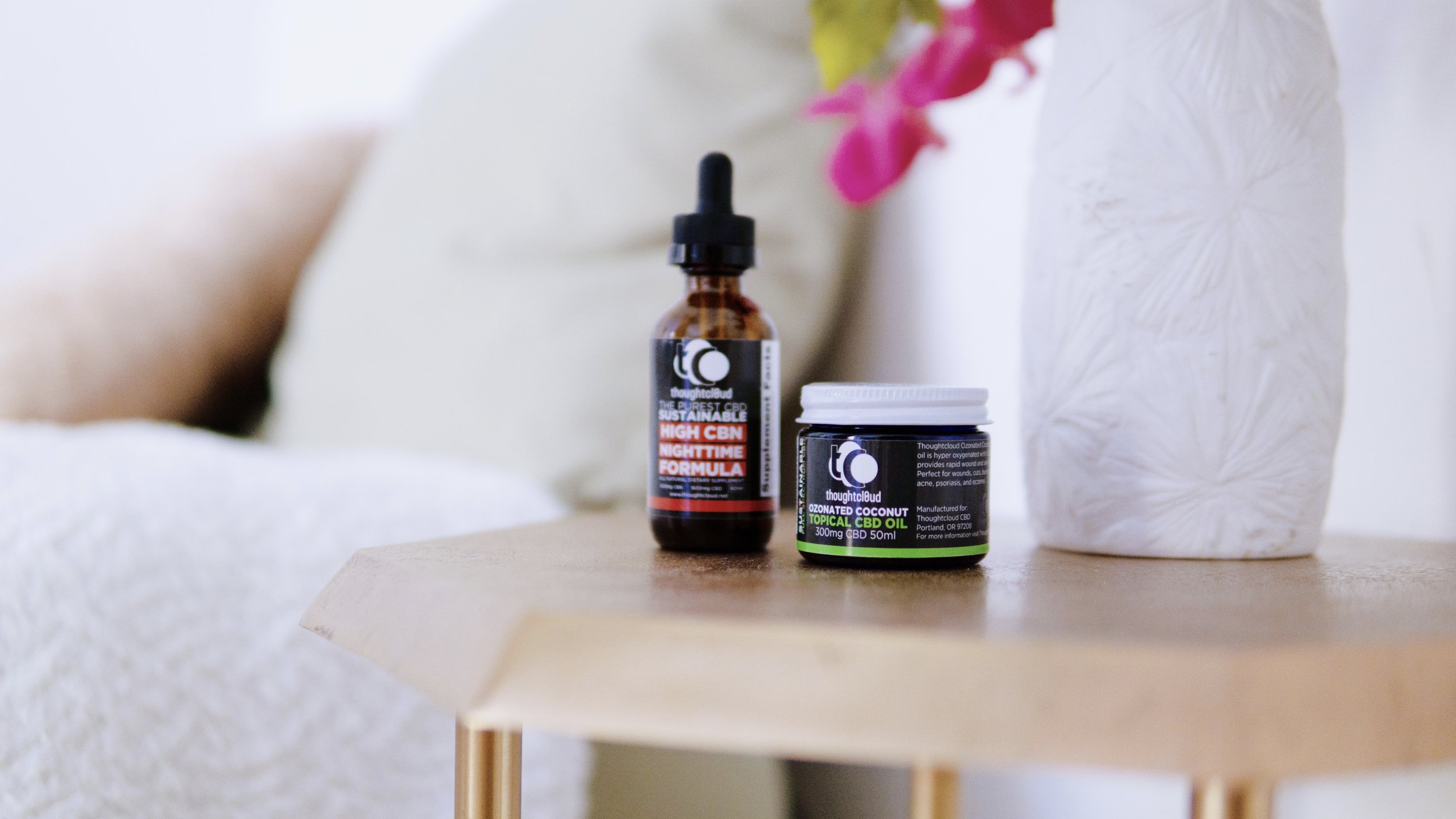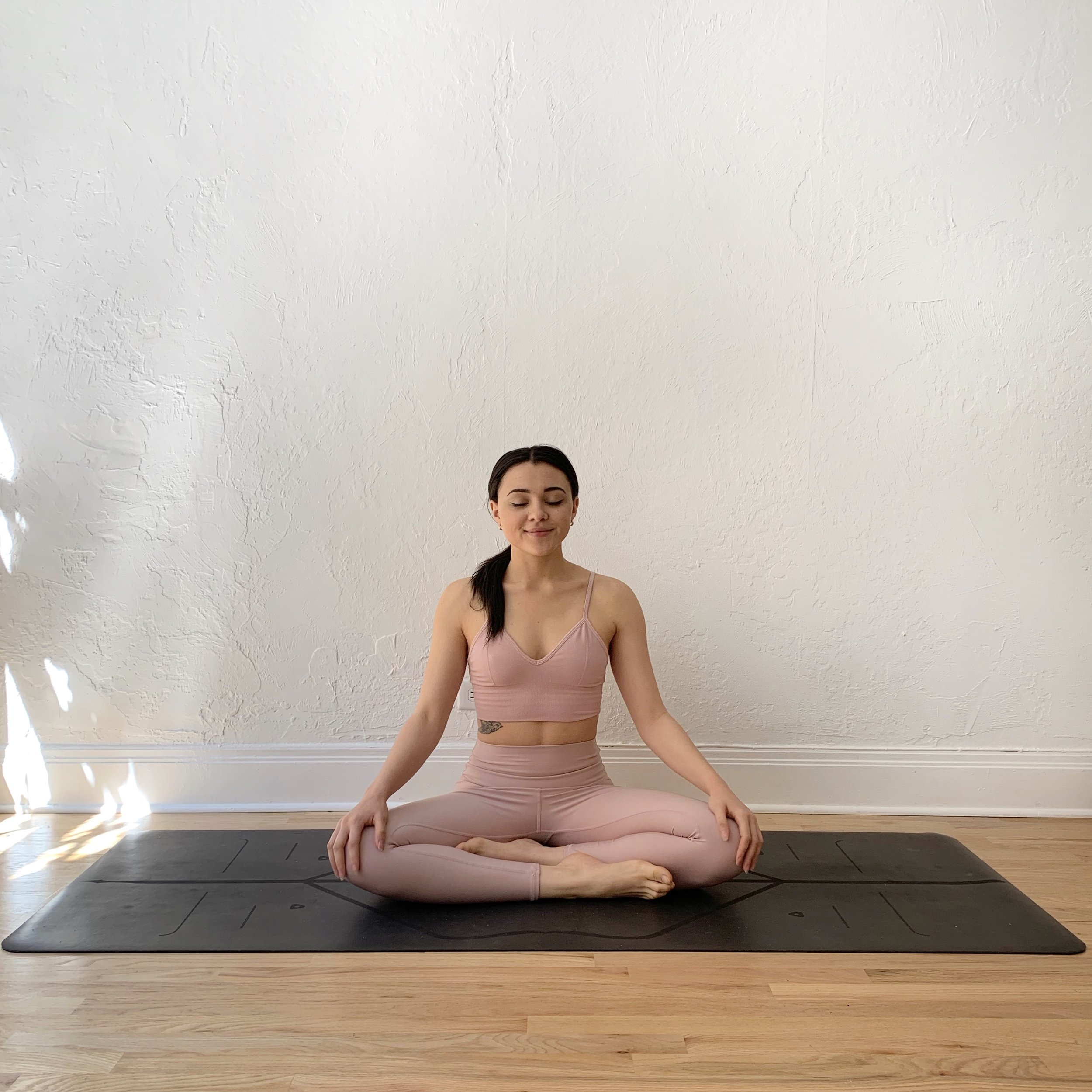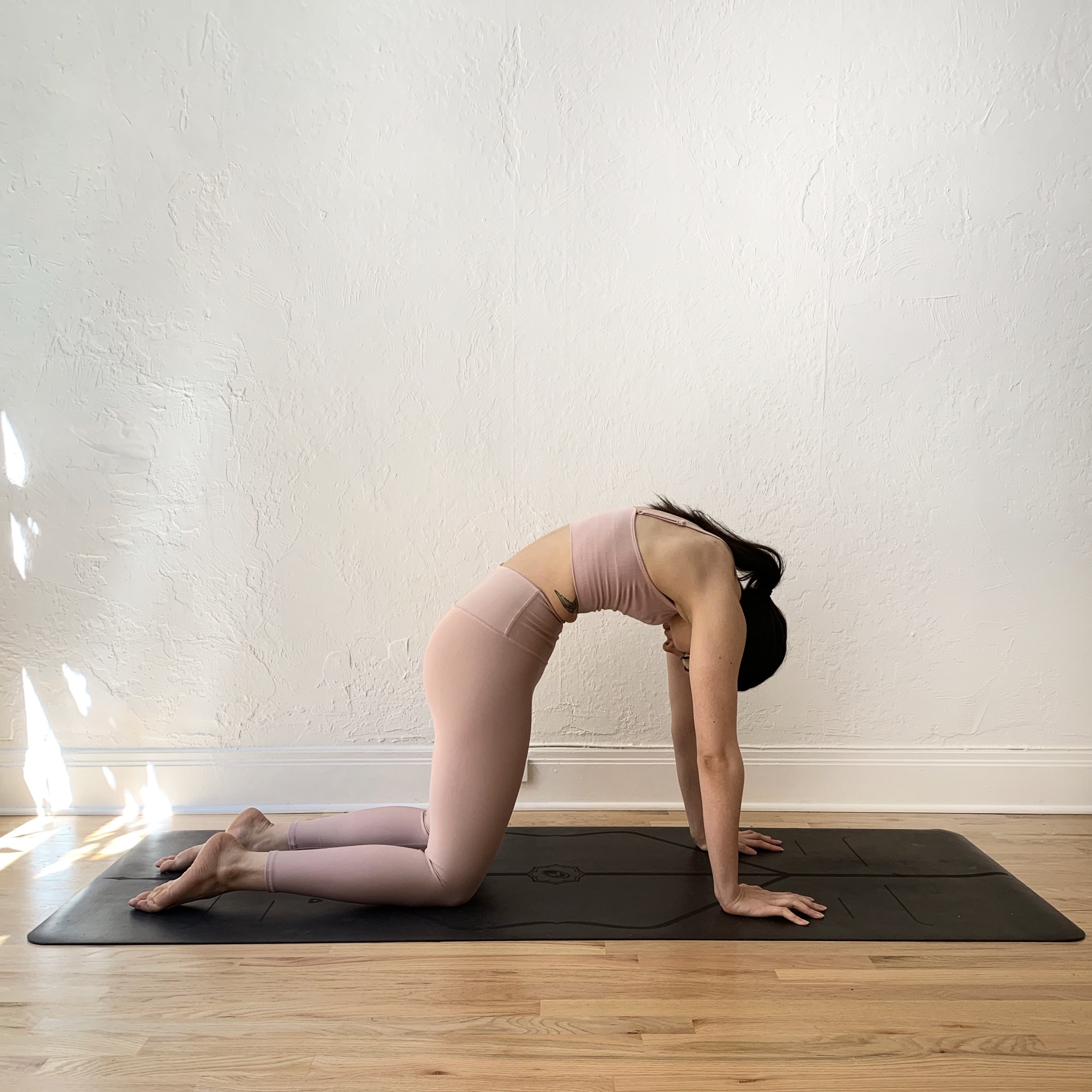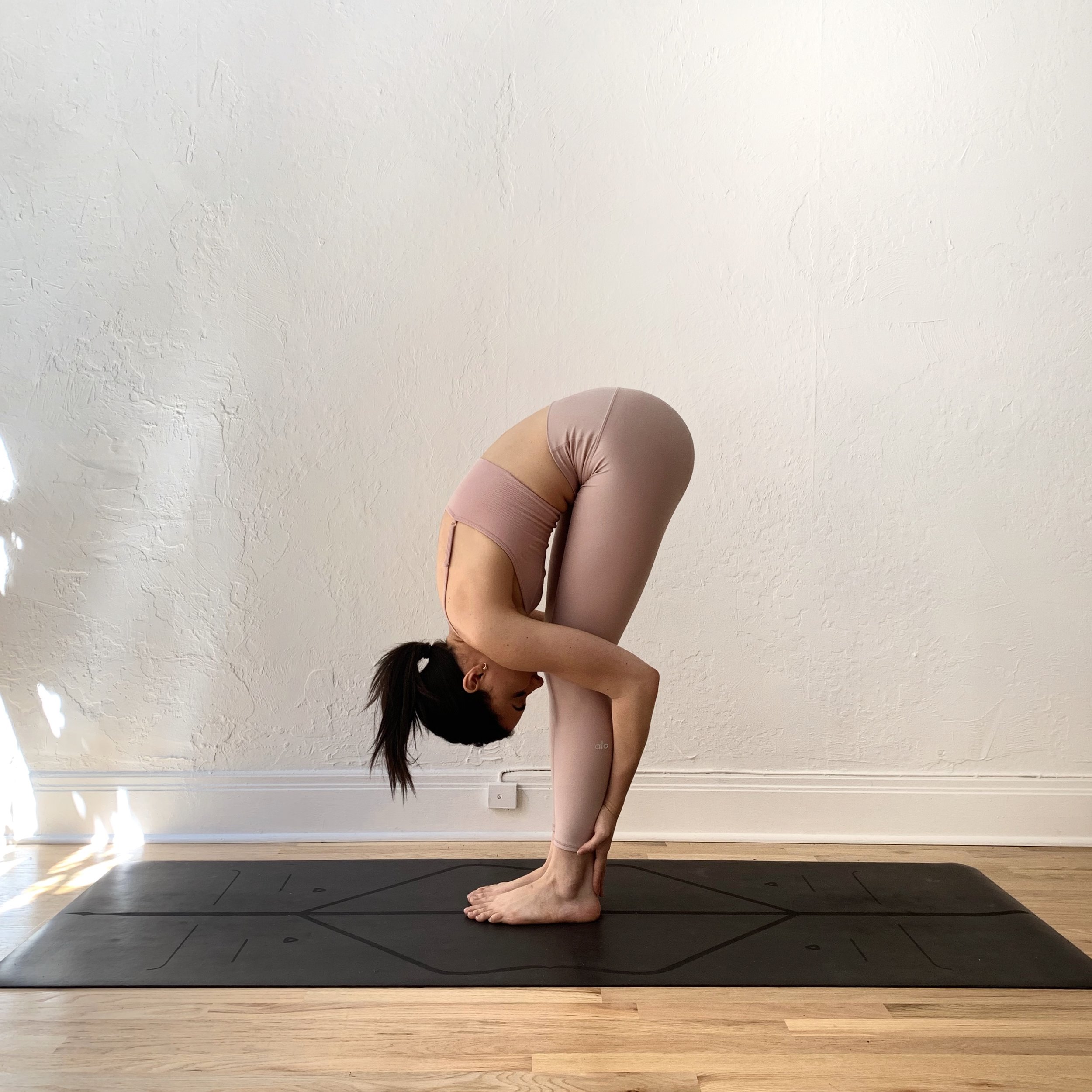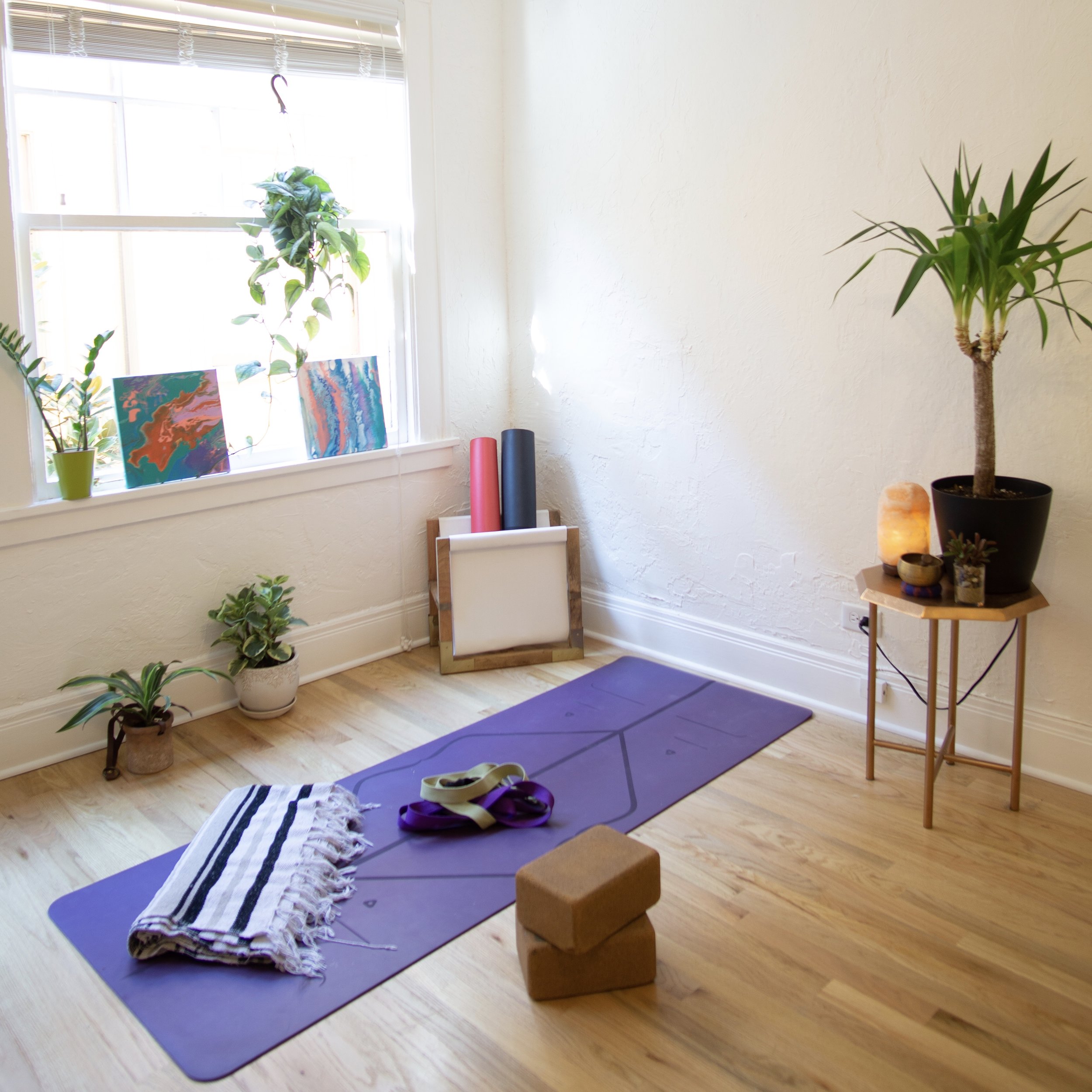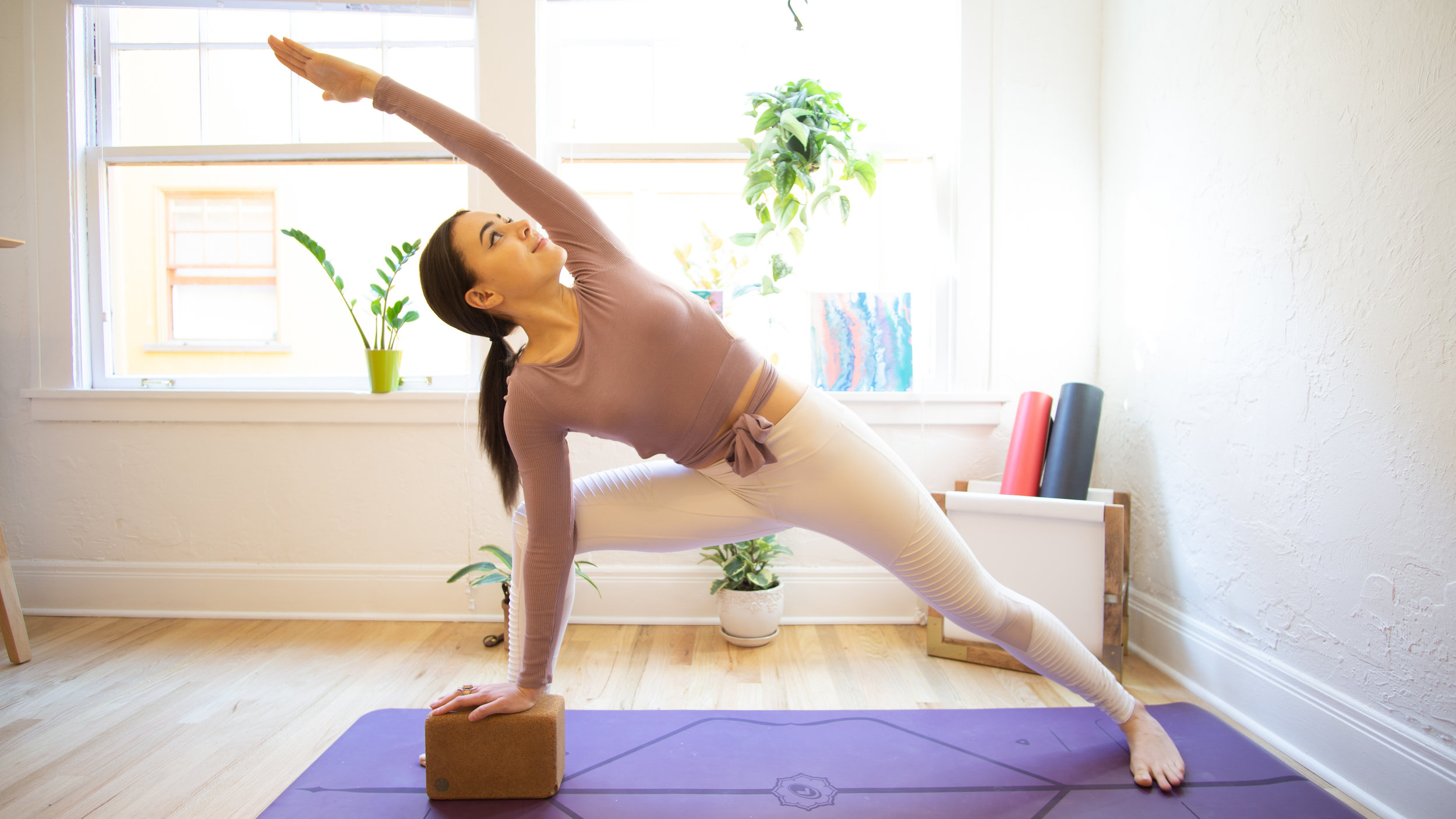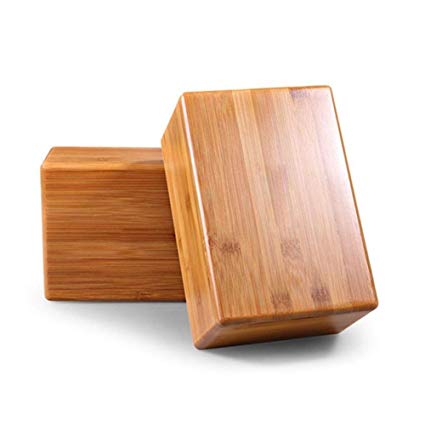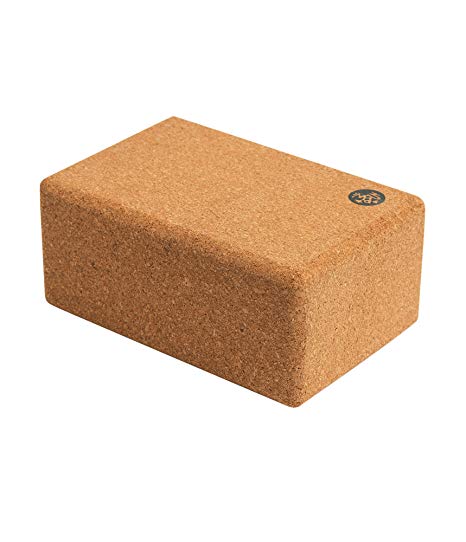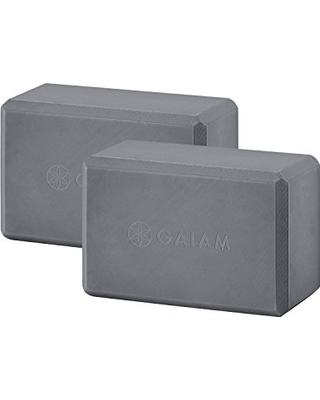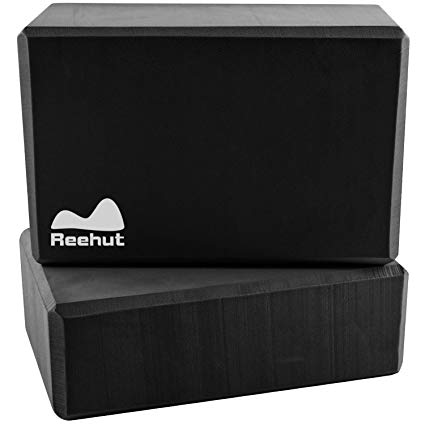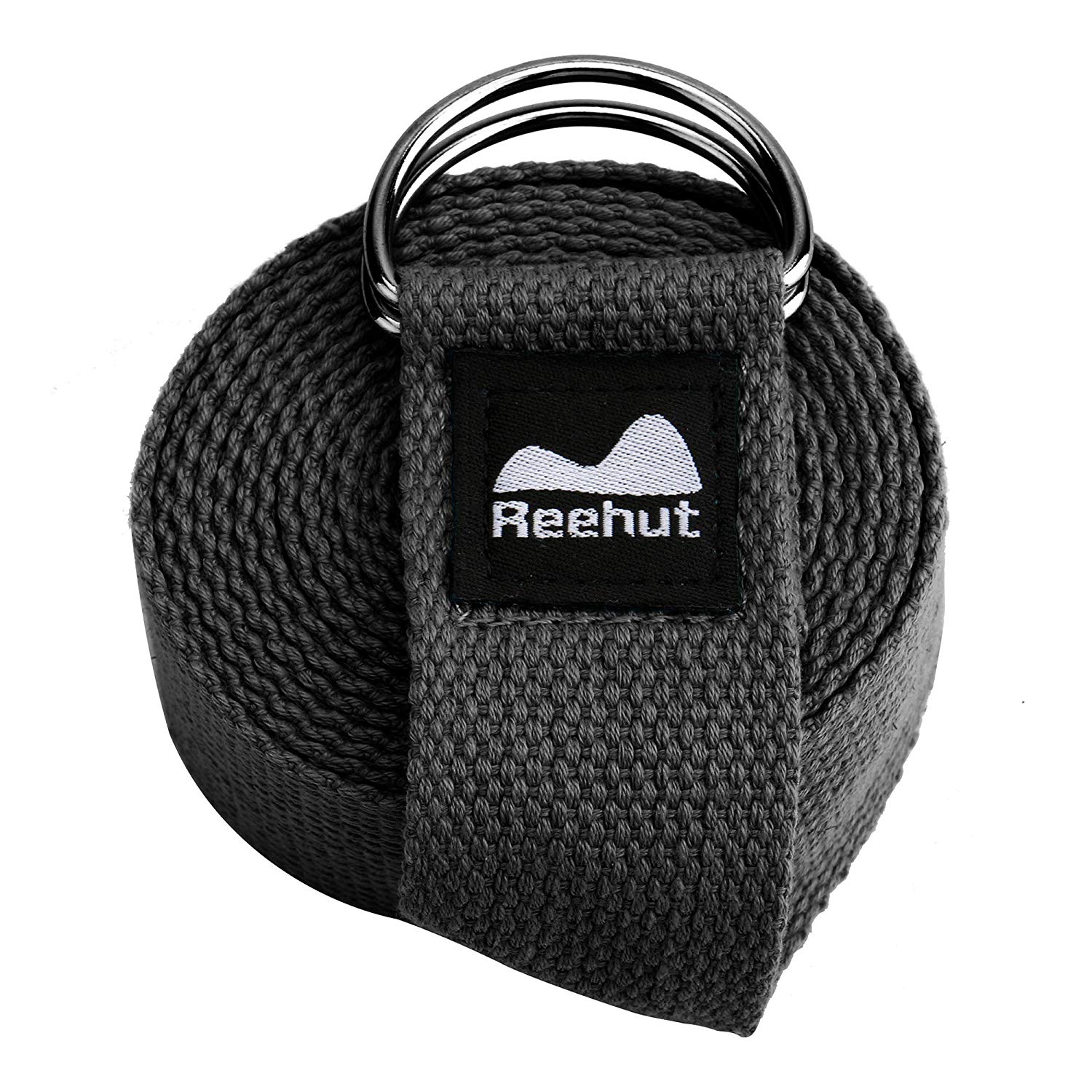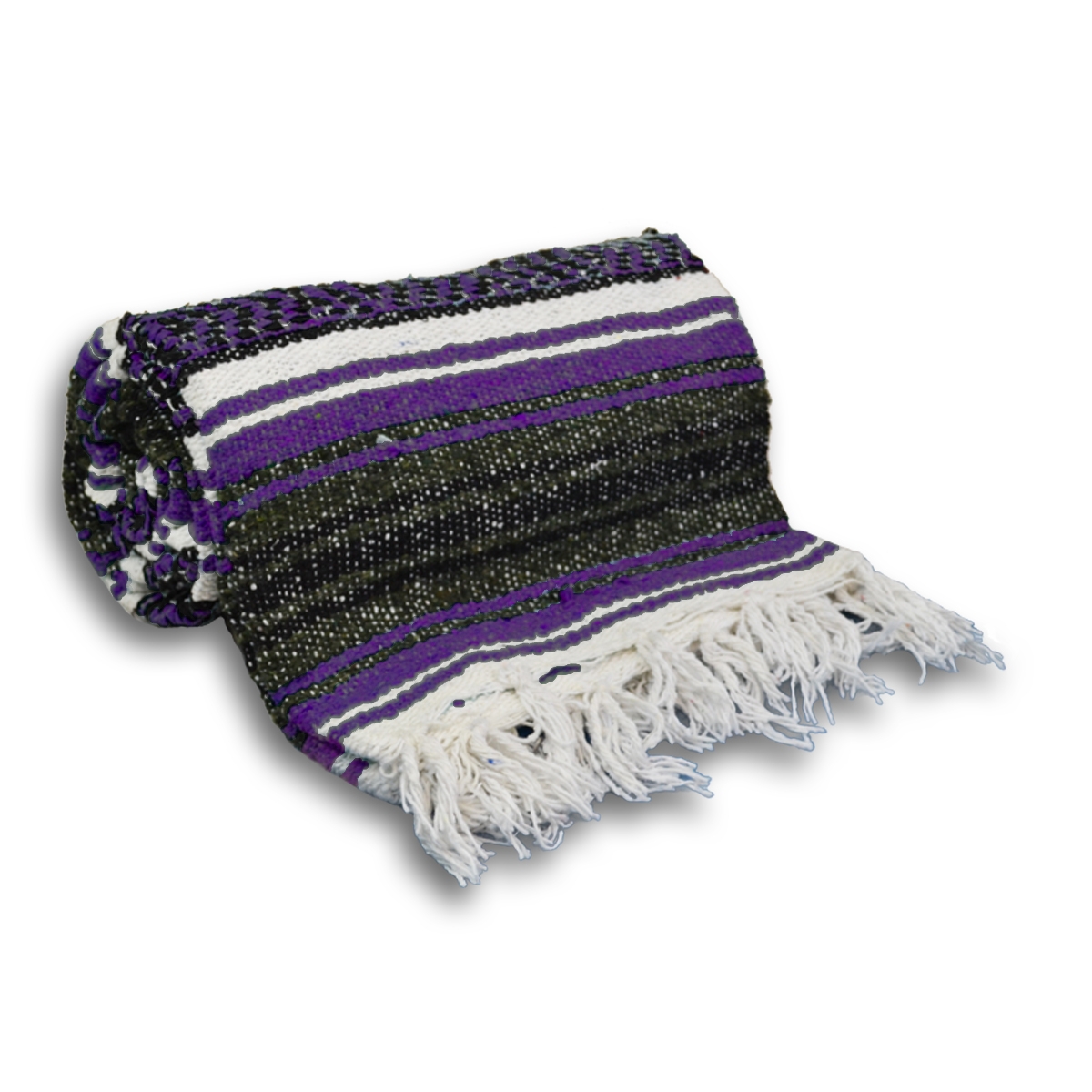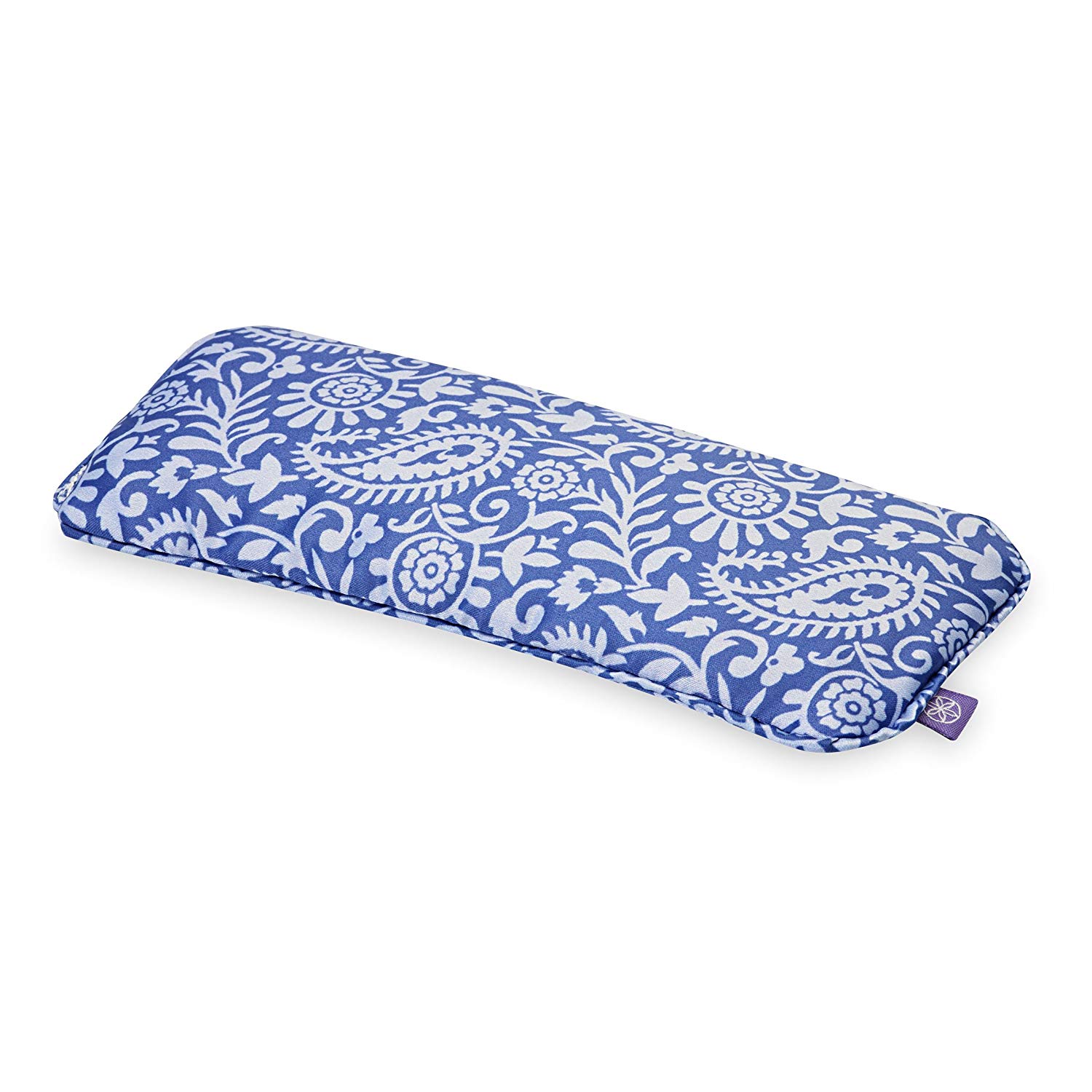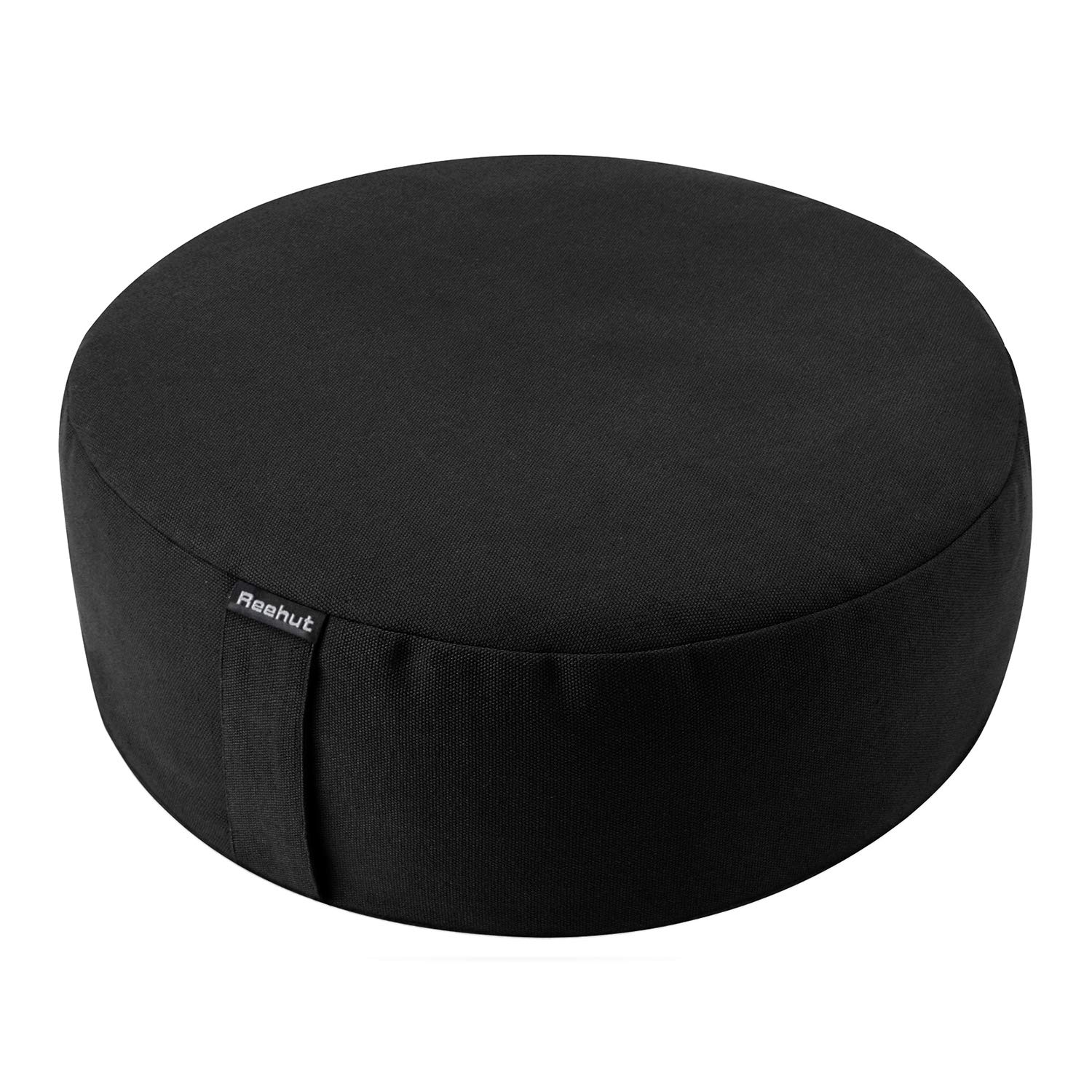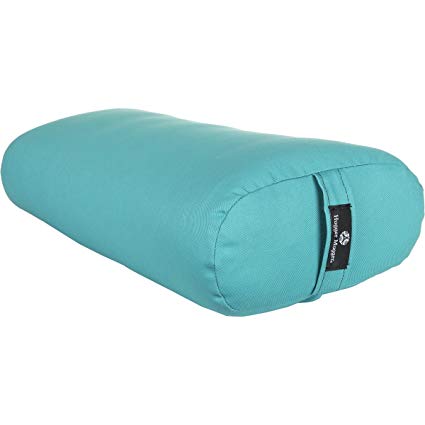After recently completing my 300-hr YTT and receiving several questions from people asking for advice on how to pick a training, I thought it would be best to share my answers in this blog post!
If you google the words ‘Yoga Teacher Training’ an endless amount of information will emerge. You will find trainings offered from places all around the world with courses from 2 days to 2 year intensives and even online programs. Technology is a powerful tool for research and discovery, however, it can be extremely overwhelming when you are looking to invest your money, time and heart into the best training for you.
There are many factors to consider when choosing any training…
Below are some key aspects to consider when choosing your yoga teacher training. I share this from a personal experience after doing intensive research for both of my YTT’s and hope this helps you to begin your journey.
Decide on a style of yoga
Hatha. Yin. Ashtanga. Restorative. Vinyasa. Kundalini. Power…
These are just a few examples of the most commonly practiced, but the list is endless: yoga comes in all different shapes and styles. Usually what you’re exposed to in your regular yoga practice or studio, is what you will naturally be drawn to for your training. Keep in mind that the practices we avoid may be the most nourishing for our bodies and minds. For example, if you practice power vinyasa without a consistent pranayama or meditation practice, you may be adding tension and stress to the nervous system through too much intensity. On the other hand, if your daily practice is more restorative, you may be lacking the energy, agni (fire) or strength that a heating pranayama or asana practice can bring.
The key in any thorough teaching training is balance, just like in our yoga practice. Look for a YTT which is integral and will include different practices and experiences.
* If there is a specific type of yoga you know you would like to specialize in then my recommendation is the same. For example, look for a training which specializes in 'Yin' (or whatever your interest is) which encompasses multiple teachers and is well organized so you can see the breakdown of the content taught.
Research the training
I recommend a training which includes multiple teachers, as each teacher has their own unique capabilities. Often these trainings will bring together a group of teachers who have a common ground for their foundation, however, they will specialize in certain areas - therefore they can convey less information to you, more effectively. For example, an asana teacher can understand anatomy from sensation and intuition, but may not be able to translate it into anatomical terms. Hence, the importance of an anatomy teachers influence and experience specifically in this field.
Most importantly, each teacher will bring their own unique life experiences and perspectives which are a blend from their previous teachers (and their teachers, and so on!) so that you are essentially learning from many generations.
Educate yourself on Yoga Alliance
Yoga Alliance is a non-profit association representing yoga teachers, schools and studios world wide. Yoga Alliance has compiled a certain amount of requirements in order to become 'registered' under their qualifications. YA has become an internationally recognized organization and has helped to create a standardization of trainings. When you take a training recognized by YA you will be certified under Registered Yoga Training (RYT), which will give you traditional and practical education and allow you to teach worldwide.
For example, each 200 hour yoga teacher training which is registered under YA will include:
100 hours of Techniques, Training & Practice: traditional yoga techniques (asana, pranayama, meditation, kirtan, mantra, kriyas, chanting, etc.)
25 hours of Teaching Methodology: communication & business skills, demonstrating, assisting, observation, etc.
20 hours of Anatomy & Physiology: physical bodily systems, energetic bodily systems, etc.
30 hours of Philosophy, Lifestyle & Ethics: traditional texts, such as the Yoga Sutras and Hatha Yoga Pradipika, student relationships and community, understanding the value of teaching yoga as a service to others, etc.
10 hours of Practicum: practice teaching, observing and giving feedback, etc.
These are the most basic and necessary tools you will need to teach. You don’t need to understand it all from the beginning (most teachers will tell you that it takes years to integrate fully!) but it is important to set up a strong foundation from the beginning.
*Keep in mind there are many trainings that are not RYT (Registered Yoga Trainings with YA) and may be as in depth and thorough - YA is simply the most internationally recognized and if you plan on teachings in studios, many will require RYT education.
Want to find a registered yoga school? Click here.
Research the teachers of the program
Although it isn’t necessary to know the teachers or instructors before you commit to their trainings, you may find it extremely helpful if you, or a friend has practiced with them before. This will give you a sense of security knowing that the teacher who you will be studying under is genuine and qualified. Before deciding on my 200-hr YTT, I took a few classes at a local studio in which I was interested in doing my training at. This allowed me to get to know each of the teachers and their teaching style better. However, for my 300-hr YTT in India, I signed up for the course without personally having met or taken any classes from the teachers beforehand — because of this, I made sure to thoroughly research and check out online reviews from the program. If you’re looking to do a training abroad, I’d recommend reaching out to the training leader, one of the teachers or program manager to see if they can help you with any questions that you might have.
Decide on a location
Go with the training that speaks to you. Trust your intuition and follow your heart.
Give yourself adequate time to research and narrow down your options depending on what type of environment nourishes you. Do you learn better when you are in a more disciplined atmosphere? Do you need a location which will enable you to stay in touch with family or friends? If you can take time away from your every-day routine and life (work, internet, daily responsibilities) then I highly encourage you to do this.
A training should create a space which will aid you in the purification process.
Give yourself this 'time out' and encourage yourself to be off the grid. Disconnect to reconnect. Part of the challenge and experience of a YTT is traveling to unknown places, both physically and mentally. For many, to complete a training outside of your normal context of life and comfort zone, can help to create more focus and immerse yourself fully. Ultimately, every ones situation (due to work, children, school, finances) will be different, so choose the training which feels right for you at this moment in your life.
Get involved in the yoga community
The internet is always available and at our fingertips, but the best thing you can do is get involved personally in your local yoga community. Explore multiple studios/teachers and get to know as many like-minded people as possible. Reach out to experienced teachers and other students who can give you recommendations on teachers and courses they have done in the past. If you are hesitant, treat yourself to a weekend workshop immersion or yoga retreat before signing up for a YTT to experience what it feels like to immerse yourself in the practice.
Frequently Asked Questions:
Q: I am new to yoga but I am interested in taking a training, can I?
A: Of course! There are trainings for all levels, beginners through advanced. A 200-hour Yoga Alliance training is a good place to start. Many people decide to take a YTT simply to further their own knowledge for a self-practice and never intend on teaching. This is completely normal. If you have a strong desire to further your practice and are open to a new experience you will be welcome into any training.
Immerse yourself wholeheartedly in the experience and don't look back!
Q: What advice would you give someone interested in taking a 300-hr training?
A: Develop a strong personal practice if you haven’t yet already. Teacher training, especially an intensive 300-hr taken over the course of a few weeks, tends to be physically and emotional demanding. Yoga practice is often twice daily, with a third practice focused just on teaching methodology. Therefore, it's best to go into training with a strong personal practice so you can physically be ready for the training. Having already practiced for four years and teaching for a year before taking my second teacher training, this personally helped me feel more prepared. However, there are no requirements for taking your 300-hr training, other than already having your 200-hr certificate.
Q: How can I make the most of my experience at YTT?
A: Take lots of notes. Decide what your best method of note taking is and stay organized. Using a laptop or tablet is a good option if you want to share your notes and you like the convenience of easily adding and deleting information. If staring at a screen doesn’t work for you, a notebook or journal might be better. The important thing is that you have a way to record information that you can reference both throughout your training and after.
If your instructor is okay with it, make audio recordings of the asana-based classes so you can study the cueing, pace and language.
One useful method to enhance your teaching skills is to take a video of yourself when you’re doing your own home practice. Talk through your sequence out loud as if you were teaching.
When you replay the video, try turning your device face-down and simply listen. Students won’t always be watching and you won’t always be demonstrating, so your words need to be clearly instructive. Try practicing along to just the audio to see if your instruction still makes sense.
Keep in mind that your style of teaching will take time to develop and will evolve over time.
Make lots of friends. Be open and available to connect with the other students in your training. More than anyone else, they will know what you’re going through in the process and will be supportive of your breakthroughs… and breakdowns! The community that you connect with during your program can turn into life-long friendships and usually these friends are key for an awesome training (and life) experience.
Find balance. More than learning how to correctly sequence classes, develop cueing technique and refining your hands-on adjustments, yoga teacher training is a transformative experience both on and off the mat. You learn as much about yourself as you do about the practice so be ready for a shift in perception as you move through the course. Set up some time for yourself every day for quiet reflection, and when you need to engage in self-care: extra sleep, hot ginger tea, massage, epsom salt bath and fun things (non-yoga related) to let off some steam like running, dancing, or spending time in nature. All these things will help you stayed balanced, grounded and allow the transformation to go more smoothly.
Q: What is the AVERAGE price for a yoga teacher training? what should i look for in terms of quality?
A: Tuition for a yoga teacher training program can range anywhere from $2,000 to $10,000, depending on the program. There are a variety of factors that influence pricing including the experience of the instructors, the quality of the instruction, the location and the business model of the program.
It’s always a good idea to research or ask about the experience of the teachers when you’re looking into a program. Ask for the years of teaching experience, the types of certifications held and when they were certified.
Another consideration is the quality of the instruction. This is partially influenced by the experience of the teachers, but you will also want to consider whether the course has any evaluation components. For example, is there a practicum assessment at the end of the course, confirming that the skills and information have been assimilated by the trainee? Although this may sound intimidating, it often leads to a good training experience. Also try to figure out if the teachers are available for questions outside of the training and what recent graduates have to say about their experience.
Lastly, it may help to find out the number of students & instructors in the teacher training class. Larger programs can have 30-100 students in a training. Often the business models of less expensive certification programs tend to sell as many registrations as possible, without regard for the quality of the instruction. You will have to decide if the experience of a large training class is acceptable or if you may want a more personal experience. Regardless, when researching programs, you should ask about the typical class size and the instructor-to-student ratio.
And if you’re still totally overwhelmed… it will all be okay. Trust me, I’ve been there!
As with any subject you study, the first lessons are an introduction. Your first teacher training can resemble the tiny tip of an iceberg which leaves you feeling inspired and excited to explore the rest of the iceberg. It’s an endless journey and one that will always evolve depending on the phases of your life.
An intensive training course can also leave you feeling overwhelmed, as you are suddenly opened to new philosophies and ways of living. It will encourage you to take a closer look at your current life (relationships, habits, patterns) and become aware of what is inhibiting or nourishing you. The deeper into the yoga journey you go, the more sensitive you become as your awareness moves from the physical to subtle. Remember that everything we need to know is with us at this moment and that our lives are unfolding in perfect timing. You will absorb whatever it is you are meant to learn/take away from an experience in life (or training course). Trust that with steady practice and a burning desire to awaken your true self, the more the knowledge will sink in and begin to trickle off the mat into all aspects of your life.
I guarantee that your first teacher training is definitely not your last!
So relax.
Breathe deep.
Enjoy the journey and don't rush the process.
Stay present to the beauty of being a student and know you are continually learning and growing. There is no 'perfect' yoga teacher and no 'perfect' training so do your best to choose teachers and a training that inspires you in this moment of your life and let go of the end result.
Walk into any training (your first or fifteenth) with a beginners mindset...
Release any expectations and know that any YTT you do will be physically, mentally and emotionally challenging, yet 100% transformational. It will open your eyes to a new way of living. It will help you travel deep within, past your ego and external attachments. It will lead you to reveal the most happy and healthy version of yourself... and ultimately guide you to be of service to others by sharing this positivity and love.







